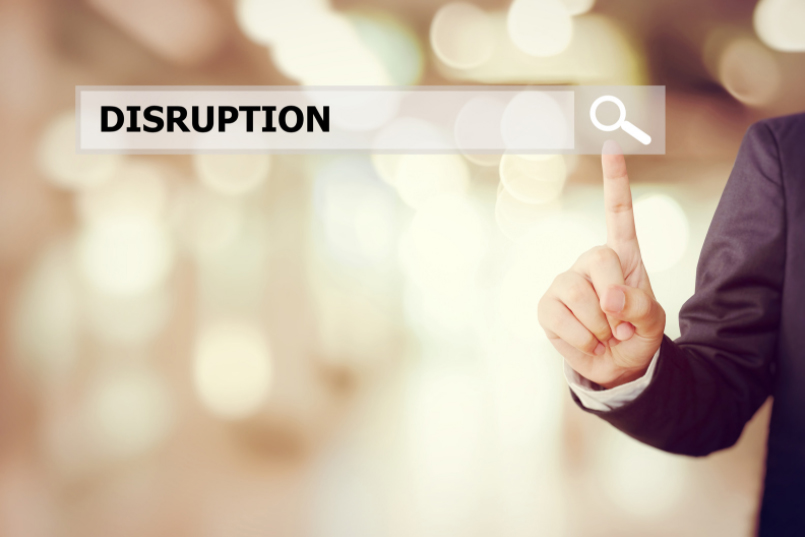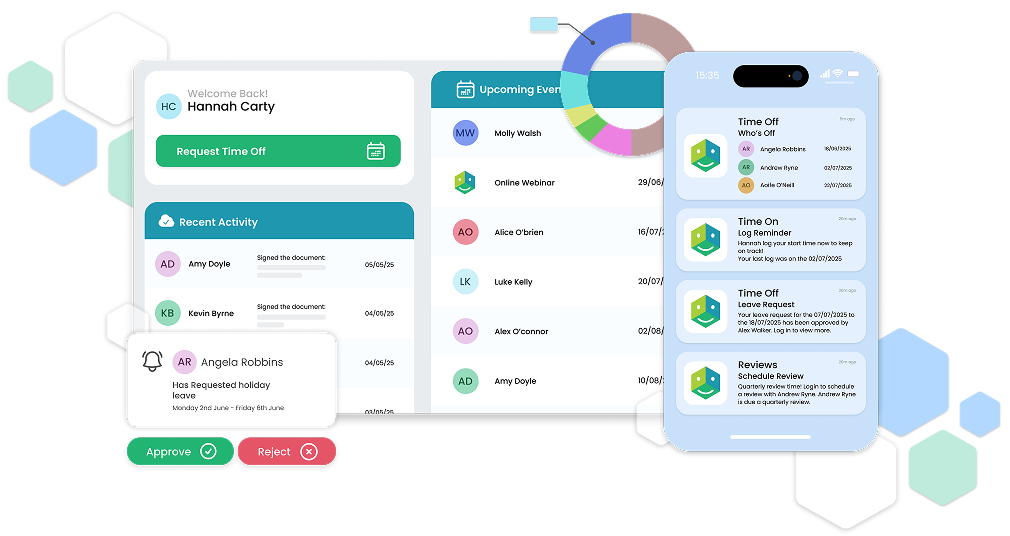What does the future of work look like? Since lockdown, there have been countless reports and articles suggesting what the new world of work might be like, but the simple answer is no one knows.
The only two things we can be sure of are our continued disruption and the digitalisation of working practices. In light of this and based on the research available to us, we can only hypothesise what the future of work might look like. While every organisation will face its own unique set of opportunities and challenges, certain factors hold for the vast majority of us.
Disruption Is Everywhere
One of Lenin’s great aphorisms was that while nothing much can happen for decades, “there are weeks when decades happen.” Today, in the face of great economic, societal and digital disruption, his certainly seems to hold.
Not only have employers had to juggle the multiple operational, economic and employee challenges COVID-19 brought with it, but they’ve had to do it amid global racial and social inequality protests, which have led to demands for greater diversity and inclusion in the workplace.
Before we had even heard of Coronavirus, economists warned of an impending recession, political turbulence in the UK and US was rife, digital transformation was gaining momentum and the widening gap between the haves and the have-nots was well documented.
Like a well-conducted orchestra, all these disruptive forces are working in perfect harmony, forcing employers and employees to take a long hard look at the way we work, the way we want it to be and what needs to be done to get there.
What Does Employees Want
When it comes to employee wants, specificity is a challenge. Lockdown, initially, was hailed as the death of the commute, with employees relishing a greater work/ life balance. However, with the reopening of schools, many now are realising the isolation that comes with working from home (WFH). What is likely to emerge is a desire for balance. Employees want the freedom to choose when and where they work, retaining the option to come into the office when it suits them.
Beyond where they work, there is a desire for greater autonomy and control over their workload, where they are acknowledged for the quality of their work and their professional growth is nurtured by their employer in the form of training and development.
Above all, they are seeking fairness and transparency. More and more employees are taking to social media platforms and speaking up about the inequality they’ve experienced in the workplace, both as witnesses and victims. Gender pay gaps, antiquated, biased recruitment processes and blatant discrimination against minorities and disabled individuals will no longer be tolerated. A recent HRLocker survey, suggests they may get what they’re asking for; beyond lockdown, 68% of business leaders intend to let employees work remotely at least half the time.
Identify Company Needs
For organisations, priority number one remains to keep the lights on and the cash flowing. For many businesses, sales have decimated. They’re struggling and that needs to be acknowledged. To establish some semblance of business continuity and enable their people to continue working, they’ve had to switch to digital models.
Despite these many operational issues, one of the biggest priorities for employers has been employee well-being. A recent HRLocker survey revealed managing employee stress has been moderately to extremely challenging for employers. This shouldn’t come as a great surprise. Good employers understand the importance of their people in keeping the business running.
The challenge now is finding a way to balance employee wants and company needs; offering greater autonomy, while effectively monitoring productivity and performance.
The Future of Work: Digital Enablement
To achieve this, we can expect to see companies continuing to adopt technologies that help them measure productivity, enhance collaboration and deliver competitive insights.
The best way of doing that is to digitally enable the mundane. Automation brings with it significant operational efficiencies, easily handling boring tasks and freeing up employees to spend more time focusing on higher-level tasks. This, in turn, should lead to greater job satisfaction and productivity. 85% of companies we surveyed, stated their digital transformation had been accelerated as a result of Covid-19.
Personally, from an organisational perspective, I believe digital enablement of mundane tasks will help us to tune into the human more, to understand people’s preferences, motivators and stressors. Once we understand this, we can increase productivity and start to deliver a work-life blend fit for 2021.
The Future of Work: Human-Centric
The shift to a digitally-enabled organisation does not come without its risks though. While I believe wholeheartedly that the lean towards digital enablement is essential as the future of work continues to evolve, it is leading to the disconnection of people on a human, interpersonal basis. Left unaddressed, this will lead to a less engaged workforce, and that is bad for business and everyone involved.
To correct this, we can expect to see widespread adoption of tech employee communication platform providers like Workvivo, Pep talk, Thrive and We Thrive, to help people stay engaged with the company by asking questions through surveys, pushing out content they are interested in and giving each employee the ability to cross communicate with each other across departments. As a species, we need to be wanted, involved and recognised for us to perform at our best and this is what these platforms aim to do.
As leaders, though, we cannot rely purely on technology. We need to weave employee well-being and development into the fabric of our organisations. We need to engage with our teams to truly understand how the company is doing, where our imperfections lie and establish measurable plans that enable us to do better, all the while putting the ‘human’ at the centre of what we do as we work towards creating a diverse, inclusive, equitable and ultimately successful company.
The Future of Workplace Culture
With lockdown came the juggling of family life; Zoom calls with the baby on your lap and the dog barking at the postman. As employers we got to see into the lives of our employees…and they got to see into ours too. This has laid the foundations for a new working culture, one where individuals are actively encouraged to express themselves and organisational hierarchies have become blurred, with expectations of transparency, honesty and accountability going both ways.
Hopefully, with this freedom of thought, there will come a greater willingness to try, despite the risk of failure. Indeed, as leaders, we should be actively encouraging every person in the company to try new things and share new ideas, safe in the knowledge that it is their effort and inventiveness, not just the outcome, that will be remembered. Such an environment is essential to innovation. Few put it better than Thomas Edison, when he said, “I have not failed 10,000 times—I’ve successfully found 10,000 ways that will not work.”
While we cannot predict what exactly the future of work will look like, I’m confident that by tuning into the ‘human’, digitalising the mundane, recruiting and leading through your values, creating an environment where it’s safe to fail and be yourself we will build successful companies, not just financially, but also socially.
Do you want to create a great work culture in your organisation? Download our free Behaviours & Principles Template to begin your journey.









